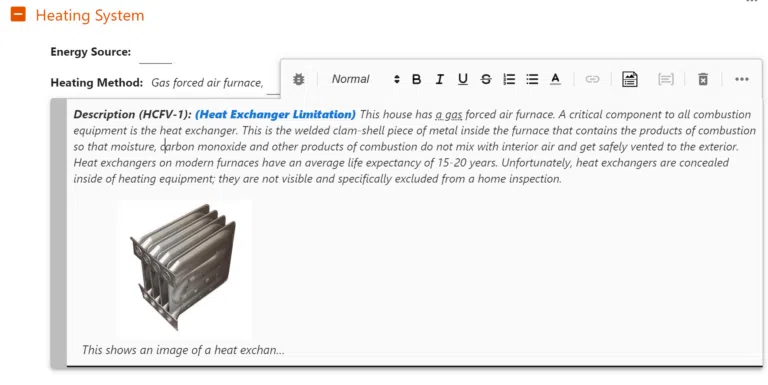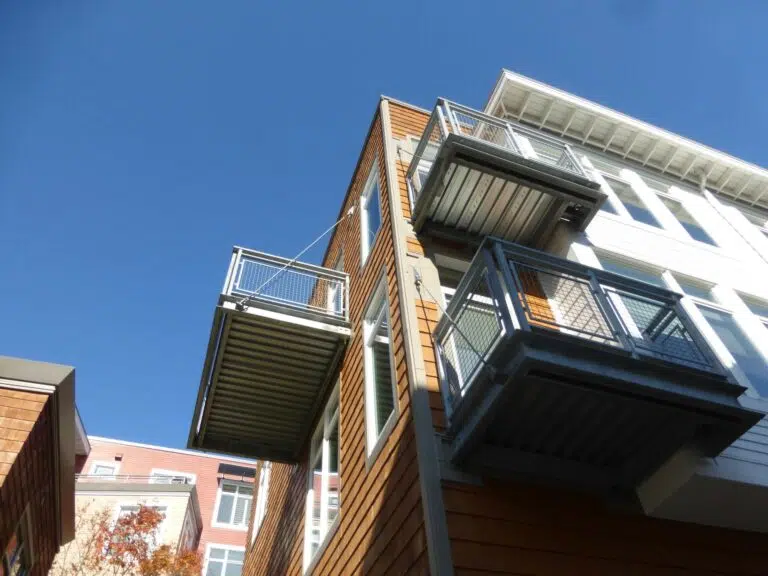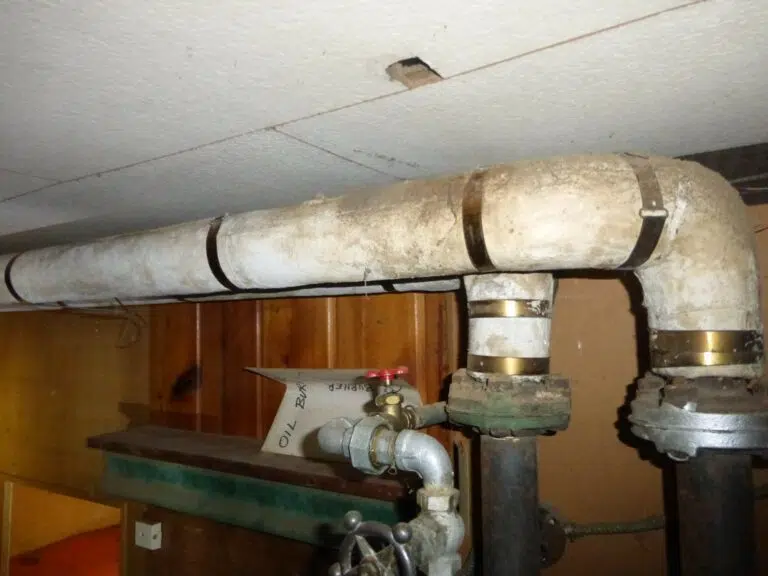What is the Deal with Houses Built From Concrete Blocks?
Identification
Concrete Masonry Block [CMU] Construction is easily identified as the perimeter walls are built from concrete blocks. Sometimes when the exterior is covered by siding and the interior is covered by wallboard, you cannot see the blocks. In these cases try looking at the jamb extensions of the windows and doors. A masonry block house will have thick jamb extensions at windows and doors as they need to cover the full width of the blocks, much thicker than a typical 2×4 or a 2×6 wood-framed wall.

What are the Advantages of Block Construction?
Concrete block structures are generally impervious to conditions that occur to normal wood structures, such as wood decay due to earth/wood contact or moisture control problems. They are also impervious to wood destroying organisms and less vulnerable to deterioration of exterior material from sun exposure. Concrete block houses can also be more affordable to purchase so they can offer first time home buyers an opportunity to get into owning their own house.
What are some of the disadvantages of Concrete Block House Construction?
- Retrofitting Pipes, Wires and Ducts can be Tricky: Concrete masonry block homes are difficult to renovate due to the fact that they are basically concrete perimeter walls that take significant effort to adjust. Inserting windows and doors, running wiring or plumbing and other types of renovations can be quite a bit more difficult with concrete masonry perimeter walls. Many block homes not only have block walls, but are built on a slab on grade type foundation, so spaces to run new wires, pipes, or ducting can sometimes be limited to the attic only.
- Moisture Control can be Problematic: Concrete masonry block houses can have moisture control problems if the house is not thoughtfully cared for. There are several tricks for moisture control in block houses, but the primary issue is controlling indoor relative humidity with fan systems. Indoor relative humidity in excess of 55% in block houses risks condensation problems on the cold block structure in the wintertime. Proper use of indoor fans, even heating of the interior, and proper use of insulation can control these moisture problems.
Indoor relative humidity gauges can be used to monitor indoor relative humidity levels. - They May Not Be Designed for Modern Seismic or Wind Standards: Most block houses were built prior to modern standards for seismic events and high wind events. You may want to consult with a qualified general contractor about options for retrofitting, but in many cases, this may be difficult to not cost-effective.








